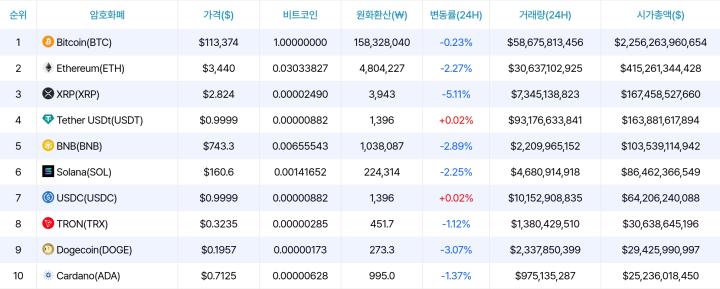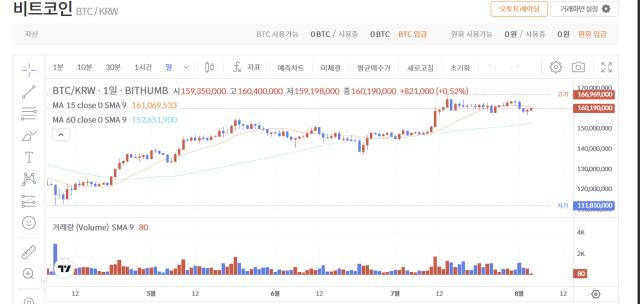Stablecoin market cap surpasses $245.4 billion, approaching 4.29% of US currency circulation.
This article is machine translated
Show original
As of July 2025, the total market capitalization of the top 8 US dollar-pegged stablecoins in the cryptocurrency market has surpassed $245.4 billion (approximately 340 trillion won). This is seen as a strong signal that blockchain finance is deeply penetrating the traditional economy.
According to CoinMarketCap, with the circulation of 8 stablecoins, including Tether (USDT) and USD Coin (USDC), reaching this scale, they are forming a value equivalent to about 4.29% of the US monetary base. For comparison, the US adjusted monetary base at that point was approximately $5.7 trillion (about 7,923 trillion won). This figure supports the analysis that crypto assets are being redefined beyond mere speculative instruments to independent value storage means.
Blockchain expert Andreas Antonopoulos previously explained this phenomenon as a reversal of financial infrastructure in a podcast. He emphasized that "blockchain, not traditional finance, will become the new standard infrastructure." Indeed, the cryptocurrency market has been realizing this paradigm shift over the past 11 years, with stablecoin issuance growing from zero to trillions.
The importance of stablecoins in the market lies in their structure. Issuers deposit physical dollars or cash-equivalent assets at a 1:1 ratio and issue tokens based on this. These tokens can be easily moved and exchanged on the blockchain, allowing users to complete transactions stably with a dollar-value-fixed means when selling cryptocurrencies. This functions as a value storage mechanism in the highly volatile crypto market, encouraging stable behavior among participants.
Stablecoins serve as the foundation of the cryptocurrency-based DeFi ecosystem and act as a gateway connecting digital assets and traditional finance. Investors use stablecoins to buy and sell altcoins, and when necessary, convert back to dollars through stablecoins.
Government policies are supporting this trend. The 'GENIUS Act' signed by President Trump in July established clear regulations for stablecoins, including a condition that issuers must maintain reserves at a 1:1 ratio. This act is evaluated as a milestone in resolving regulatory uncertainty and securing institutional trust in blockchain technology.
Experts analyze that the surge in stablecoins can function as a key indicator in the process of blockchain's institutional integration. Although most Americans do not yet own cryptocurrencies, the market atmosphere suggests a new turning point with potential regulatory relaxation and increased institutional investor participation after Trump's potential re-election.
Especially as Wall Street funds, including Blackstone, are flowing into Bitcoin (BTC) and Ethereum (ETH), the increasing demand for stablecoins is interpreted as a leading indicator of crypto market growth. While the current holding rate is low compared to market capitalization, this quiet movement is seen as potentially signaling an explosive market restructuring in the coming years.
Ultimately, stablecoins are emerging not as mere auxiliary tools in the cryptocurrency market, but as a key link in the digital transformation of global financial infrastructure. The status they are building may soon exceed our current concept of cash.
Sector:

Source
Disclaimer: The content above is only the author's opinion which does not represent any position of Followin, and is not intended as, and shall not be understood or construed as, investment advice from Followin.
Like
Add to Favorites
Comments
Share
Relevant content





